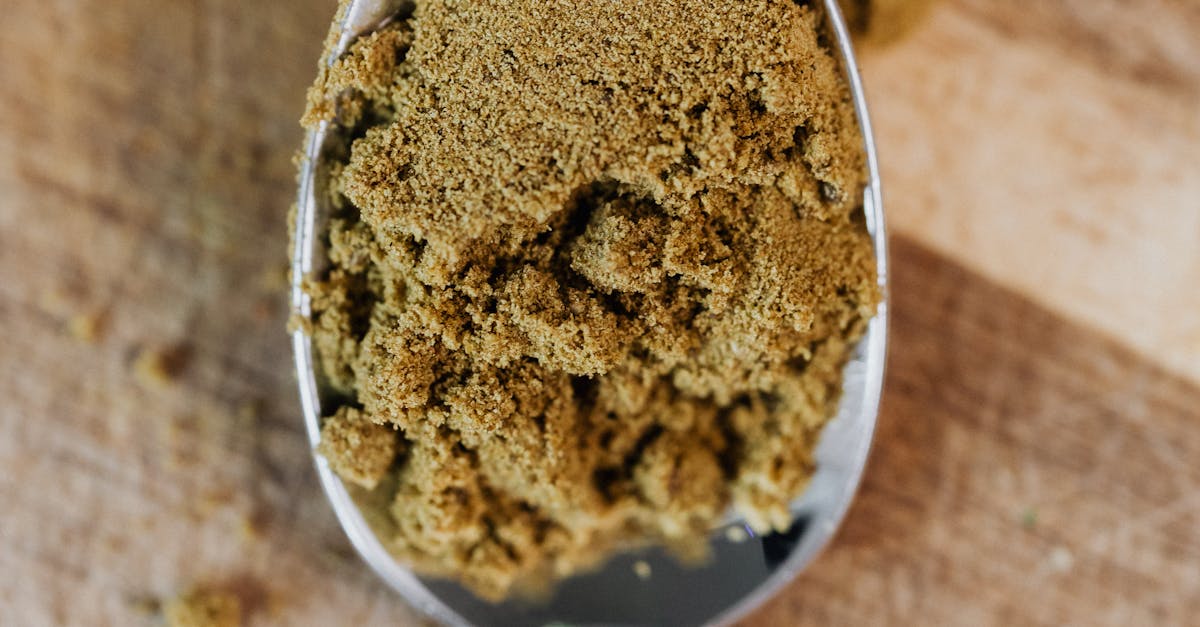Garam masala is a quintessential blend of spices that adds warmth and depth to Indian dishes. This aromatic mix is a staple in Indian cuisine, enhancing flavors in everything from curries to stews. Understanding the components of garam masala can help you appreciate the complexity of Indian cooking and even inspire you to create your own blend at home. In this article, we will explore the key spices that make up garam masala, providing you with a comprehensive list and detailed descriptions of each spice.
| Spice Name | Flavor Profile |
|---|---|
| Cumin Seeds | Earthy, warm, and slightly nutty |
| Coriander Seeds | Citrusy and sweet with a hint of spice |
| Cardamom Pods | Sweet, floral, and slightly spicy |
| Cinnamon Sticks | Sweet, warm, and fragrant |
| Cloves | Strong, warm, and aromatic |
| Black Peppercorns | Pungent, sharp, and spicy |
| Nutmeg | Warm, nutty, and slightly sweet |
| Star Anise | Sweet, licorice-like flavor |
| Bay Leaves | Herbaceous and slightly floral |
| Dry Red Chilies | Spicy and smoky |
Cumin Seeds
Cumin seeds are a foundational spice in Indian cooking, known for their earthy and warm flavor. They can be used whole or ground and are often toasted to enhance their aroma. Cumin is not just flavorful but also offers health benefits, including aiding digestion and boosting immunity.

Coriander Seeds
Coriander seeds add a unique citrusy sweetness to garam masala. They have a mild flavor that balances well with more robust spices. When ground, they release a fragrant aroma that enhances the overall scent of the spice blend. Coriander is also known for its anti-inflammatory properties.

Cardamom Pods
Cardamom is a key ingredient in garam masala, contributing a sweet and floral taste. It comes in two varieties: green and black. Green cardamom is more common and is used in both sweet and savory dishes, while black cardamom has a smokier flavor. Cardamom is often used in desserts and beverages as well.

Cinnamon Sticks
Cinnamon adds warmth and sweetness to garam masala. It is often used in stick form, which can be ground as needed. This spice is versatile, enhancing both sweet and savory dishes. Cinnamon is also known for its antioxidant properties and can help regulate blood sugar levels.

Cloves
Cloves bring a strong, aromatic flavor to garam masala. Their intense sweetness and warmth make them a favorite in spice blends. Cloves are often used in cooking for their medicinal properties as well, including their ability to promote digestive health.

Black Peppercorns
Black peppercorns add a sharp and pungent heat to garam masala. Often referred to as the “king of spices,” black pepper enhances the flavor of nearly any dish. It is also known for its ability to aid in digestion and improve nutrient absorption.

Nutmeg
Nutmeg contributes a warm, nutty flavor to garam masala. It is used sparingly due to its strong taste. Nutmeg can be freshly grated for the best flavor and is often used in both savory and sweet dishes. It is also known for its calming effects and potential health benefits.

Star Anise
Star anise adds a sweet, licorice-like flavor to garam masala. Its unique shape makes it a beautiful addition to spice blends. While strong in flavor, it complements other spices beautifully, enhancing the overall complexity of the blend. Star anise is also used in traditional medicine for its potential health benefits.

Bay Leaves
Bay leaves are often used in cooking to impart a subtle herbaceous flavor. While they are typically removed before serving, their aroma and flavor infuse dishes beautifully. Bay leaves are known for their digestive properties and can help relieve symptoms of bloating.

Dry Red Chilies
Dry red chilies add a spicy and smoky element to garam masala. They can be used whole or ground, depending on the desired heat level. These chilies not only enhance flavor but also provide health benefits, including boosting metabolism and improving heart health.

FAQ
What is garam masala?
Garam masala is a blend of ground spices commonly used in Indian cuisine. The exact combination of spices varies by region and personal preference, but it typically includes warming spices that enhance the flavor of dishes.
How can I make my own garam masala at home?
To make your own garam masala, toast the spices listed above until fragrant, then grind them together to your desired fineness. Store in an airtight container to preserve freshness.
Can garam masala be used in non-Indian dishes?
Absolutely! Garam masala can add depth and warmth to various dishes, including soups, stews, and even roasted vegetables, regardless of the cuisine.
What is the difference between garam masala and curry powder?
Garam masala is typically a more aromatic blend focused on warming spices, while curry powder often contains turmeric and is used for its yellow color and flavor in curry dishes.
How should I store garam masala?
Store garam masala in an airtight container in a cool, dark place to maintain its flavor and aroma. It is best used within six months for optimal freshness.
For more information on Indian spices and their uses, you can refer to trusted sources such as the [USDA](https://www.usda.gov) and the [National Center for Biotechnology Information](https://www.ncbi.nlm.nih.gov).
